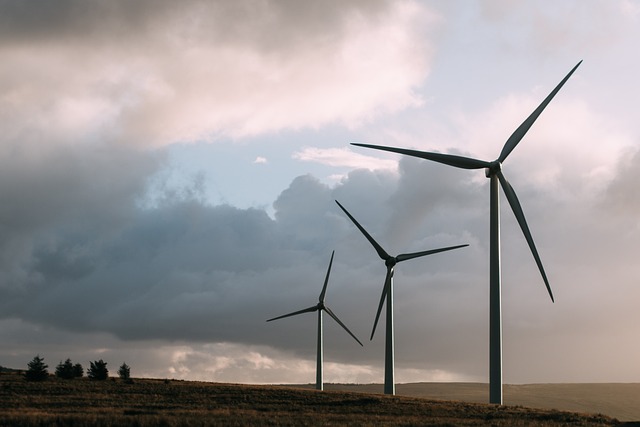Understanding the Role of Wind Energy in a Warming World
As our planet continues to face the escalating challenges of climate change, finding sustainable and renewable energy sources has become more critical than ever. Wind energy stands out as a powerful and promising solution that can help reduce our reliance on fossil fuels and mitigate environmental degradation.
The Environmental Impact of Wind Energy
Unlike traditional energy sources, wind energy produces no direct greenhouse gas emissions, making it a cleaner alternative to coal, oil, and natural gas. Harnessing the natural force of wind to generate electricity requires minimal water usage and preserves natural habitats compared to other energy extraction methods. This reduces the strain on ecosystems and helps maintain biodiversity, which is vital in combating the ripple effects of a warming planet.
Addressing Climate Change Through Wind Power
Climate change is driven primarily by increased carbon dioxide and other greenhouse gases in the atmosphere. By investing in wind energy, we can significantly cut carbon emissions and slow the pace of global warming. Wind turbines convert kinetic energy from the wind into electricity without combustion or pollution, providing a renewable energy source that complements solar and hydroelectric power. This diversification is essential to creating a resilient and sustainable energy grid.
Empowering Communities and Building a Sustainable Future
Beyond environmental benefits, wind energy also supports economic growth and energy independence. Communities that adopt wind power often experience job creation in manufacturing, installation, and maintenance of turbines. Moreover, local access to clean energy reduces dependence on imported fuels, enhancing energy security for regions vulnerable to climate impacts.
Overcoming Challenges
While wind energy offers immense potential, there are challenges to consider, including the need for adequate land, concerns about wildlife, and the integration of variable wind resources into existing grids. Addressing these issues through thoughtful planning, technological advances, and community engagement will ensure that wind energy can maximize its contribution to combating climate change.
In a world where every fraction of a degree matters, wind energy provides a beacon of hope. By embracing this natural resource, we take a crucial step toward preserving our environment and securing a healthier planet for future generations.




